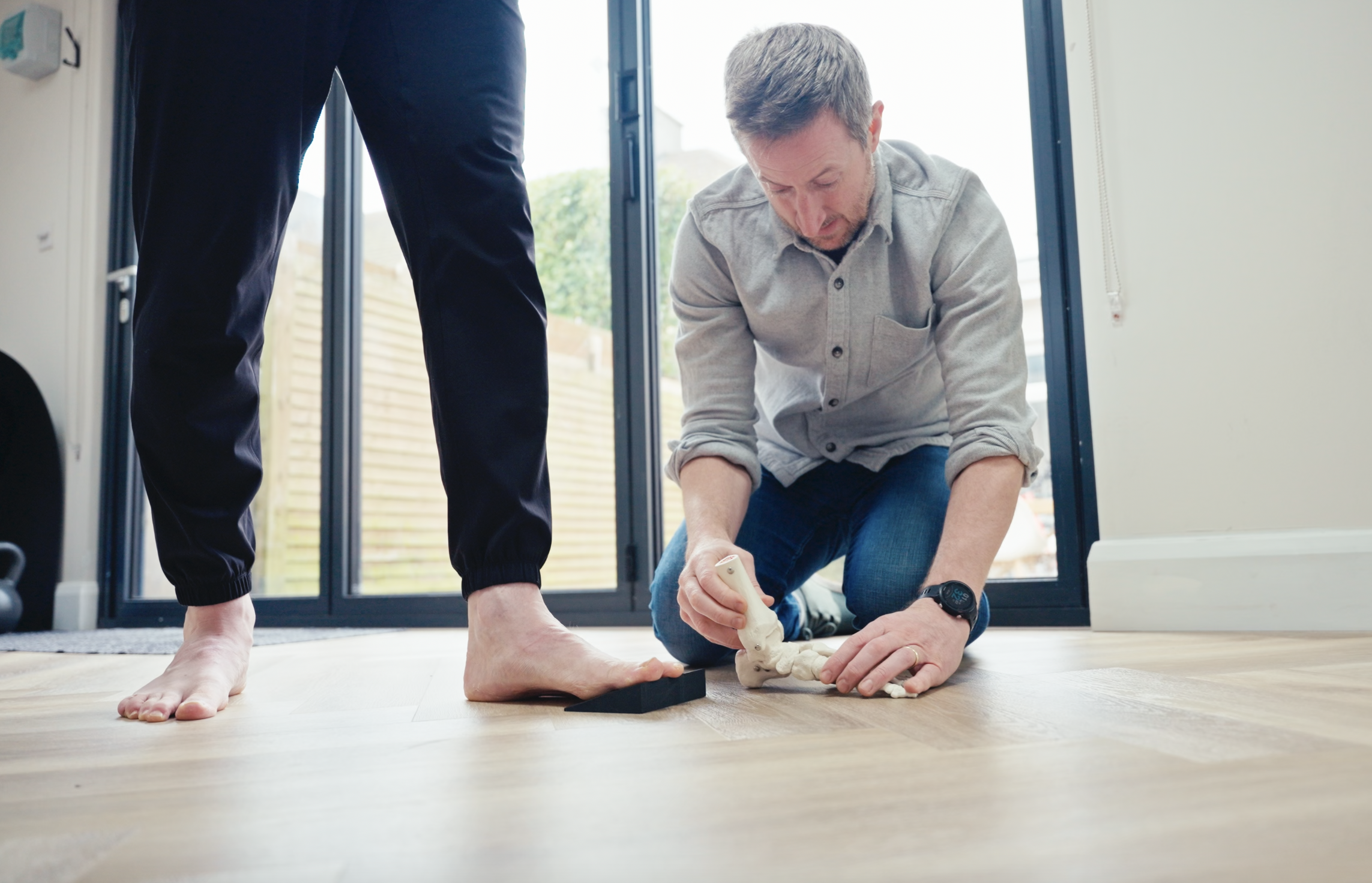
Understanding and Preventing Common Running Injuries
Running is one of the most popular forms of exercise, known for its benefits in improving cardiovascular health, boosting mental well-being, and enhancing overall fitness. However, along with these advantages comes the risk of injury, particularly due to the repetitive motion and strain that running places on specific parts of the body. Whether you’re a seasoned marathoner or a casual jogger, understanding common running injuries, how they occur, and how to treat and prevent them is crucial for maintaining a healthy and enjoyable running routine.
One of the most frequent running injuries is Achilles tendinitis, which is often caused by overuse and strain on the Achilles tendon. This injury typically occurs when runners increase their mileage too quickly or run on hilly terrain, leading to tight calf muscles and stress on the tendon. Another common issue is Runner’s Knee, or patellofemoral pain syndrome, where the cartilage under the kneecap becomes irritated. This often results from misalignment of the knee joint, muscle imbalances, or poor running mechanics, and is exacerbated by overpronation and weak quadriceps.
Stress fractures, particularly in the foot or lower leg, are another concern for runners. These are small cracks in the bone that develop due to repetitive impact and insufficient recovery time. Factors such as improper footwear, inadequate rest, and poor nutrition—especially low levels of calcium and vitamin D—can increase the risk of stress fractures. Similarly, calf strains and tears are injuries that occur when the calf muscles are overstretched or torn, usually from sudden acceleration or explosive movements like sprinting. Insufficient warm-up, muscle fatigue, and running on uneven surfaces can all contribute to these painful injuries.
Hip pain is another issue that many runners face, often caused by overuse of the hip flexors or inflammation around the hip joint. This can be due to excessive uphill running or weak gluteal muscles, with poor running form and inadequate hip flexibility further contributing to the problem. Lastly, shin splints, or medial tibial stress syndrome, are characterised by pain along the shin bone and are typically caused by repetitive stress on the tibia from running on hard surfaces or wearing improper footwear. Flat feet, overpronation, and sudden increases in training intensity are common risk factors for this condition.
When it comes to treating these injuries, physiotherapy offers a range of effective solutions tailored to each specific issue. For Achilles tendinitis, the focus is on rest and reducing running intensity to allow the tendon to heal, combined with stretching and strengthening exercises for the calf muscles and Achilles tendon. Runner’s Knee requires a treatment plan that strengthens the quadriceps, particularly the vastus medialis oblique (VMO), to improve knee alignment, along with stretching of the iliotibial band and hamstrings. Supportive taping techniques can also be beneficial during running.
Stress fractures demand immediate rest from running and any weight-bearing activities to allow the bone to heal properly. A gradual return to activity, starting with low-impact exercises like swimming or cycling, is essential, as is addressing any underlying causes, such as improving bone density through diet and supplements. For calf strains, the RICE method—Rest, Ice, Compression, Elevation—is recommended in the acute phase, followed by stretching and strengthening exercises once pain subsides. More severe calf tears may require extended rest, progressive strengthening exercises, and, in some cases, surgical intervention.
With the Dublin Marathon approaching, listening to your body and making necessary adjustments is key to crossing the finish line injury-free.
Written by Physiotherapist - Eoin
Understanding and Preventing Common Running Injuries
One of the most frequent running injuries is Achilles tendinitis, which is often caused by overuse and strain on the Achilles tendon.
Hip pain treatment focuses on resting and reducing activities that aggravate the hip, such as running uphill. Stretching and strengthening exercises for the hip flexors, glutes, and core muscles are essential, along with manual therapy to address soft tissue restrictions and improve joint mobility. For shin splints, rest and cross-training with low-impact activities like swimming or cycling can help maintain fitness while allowing the shin to heal. Gradual introduction of stretching and strengthening exercises for the lower leg muscles, along with addressing footwear and running technique, is crucial for preventing recurrence.
Preventing running injuries is key to enjoying a long and healthy running career. One of the most effective strategies is gradual progression, where runners increase their mileage and intensity slowly to allow their bodies to adapt. Proper footwear is also essential—shoes should fit well and provide adequate support and cushioning, and they should be replaced regularly to avoid wear-related injuries. Strengthening and flexibility exercises should be a regular part of any runner’s routine, focusing on the lower limbs and core muscles, as well as stretching the calves, hamstrings, quadriceps, and hip flexors.
Incorporating cross-training activities like swimming, cycling, or yoga can reduce the repetitive stress that running places on the body, while also improving overall fitness. A proper warm-up before running, including dynamic stretches, prepares the muscles and joints for the workout ahead, while a cool-down period with static stretches promotes muscle recovery. Good running form is another crucial factor—maintaining an upright posture, proper foot strike, and appropriate cadence can help prevent injuries. For those looking to fine-tune their technique, a gait analysis can identify and correct any biomechanical issues.
Finally, it’s essential to listen to your body. Paying attention to early signs of pain or discomfort and addressing these issues before they escalate can prevent more serious injuries. Taking rest days and adjusting training intensity when needed is vital for preventing overuse injuries and ensuring that running remains a safe and enjoyable activity.
In summary, understanding common running injuries and how to treat and prevent them is vital for all runners. By following the right strategies, you can minimise your risk of injury, recover effectively if injuries do occur, and continue to enjoy the many benefits that running has to offer.


